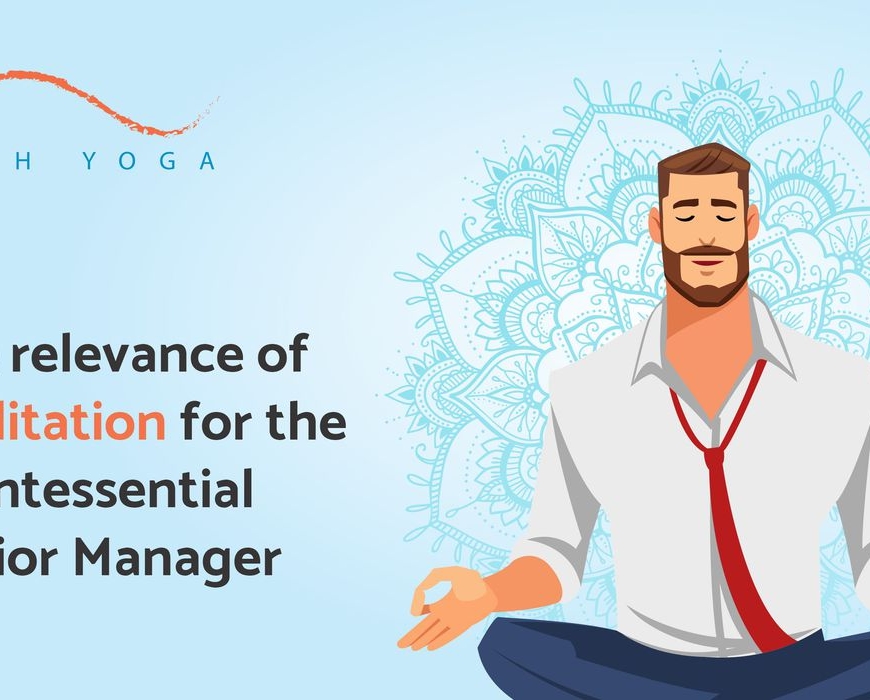What’s Inside
- What is stamina and why is it important
- How yoga boosts stamina
- What to try out
Keeping it Going – What is Stamina?
Stamina is one of the evergreen buzzwords of the fitness community, and seems to be a major goal of the athletes.But what exactly does the word mean?
Known also as endurance, stamina refers to your ability to keep going on a physical or mental activity. Considered as one of the core markers of fitness, stamina determines how long you can keep up an activity for. Thus, it becomes automatically clear as to why stamina is important. Without having the energy to get through the day, you will find your work piling up and time slipping you by. Stamina also enables you to carry out activities in a better manner with lesser physical strain and mental stress.
Thus, improving stamina can improve all aspects of your life.
Fuel It With Yoga
Yoga can become one of your primary secret weapons in the quest for endurance, as this practice can work at multiple levels to boost your endurance – physical, mental, and physiological. Here’s how –
- Yoga helps in improving and fine-tuning the cardiovascular and respiratory systems. This means that you are better able to take in oxygen and utilize it, which is one of the key components of endurance.
- Yoga also improves the strength of our muscles, toning them and challenging them with various asanas so that they do not tire out easily
- At the mental level, yoga promotes concentration and mental strength, which means that your mind begins to work with your body to push it the extra miles needed for true endurance.
Poses to Try –
With yoga offering a lot in terms of endurance, here are some asanas that can help you get started
- Navasana (Boat Pose) – The core region of your body is one of the most essential areas to build stamina in, as it is used in almost every activity that you do. This asana is the perfect for it, as it helps in engaging the core, stretching the shoulder and the legs, and also challenges your balance. Increase the time you hold this pose for gradually, and you will see the results.
- Setu Bandhasana (Bridge Pose) – Another great pose for strengthening the core, this asana additionally tones the hips and the thighs, and helps you in strengthening the shoulders too. Performing this asana can be quite relaxing. Be sure to keep your shoulders away from your ears. And if the pose is too hard, you can make use of blocks to help you learn the pose properly.
- Balsana (Child’s Pose) – A deeply relaxing and rejuvenating pose, this asana helps you get in touch with your body by gently lengthening and stretching it, and is ideal for de-stressing. Helpful in learning deep breathing, you can use this pose to enhance your mental capacities and concentration.
- Padmasana (Lotus Pose) – A challenge to the legs and hip flexibility, learning this asana however can be worth your while. It is considered as an ideal position to engage in meditation, which in turn helps in promoting mental concentration and endurance. As a bonus, this asana also actively engages your core and can help in weight loss.
- Shirshasana (Headstand) – What can be more challenging for your mind and body than a complete inversion? Engaging everything from the shoulders to the calves, this asana required determination, practice, and supervision, but can pack a multitude of benefits ranging from better concentration and balance to reduced hair fall.
- Urdhva Dhanurasana/Chakrasana (Wheel Pose) – Challenge your back and shoulder strength with this inversion asana, which opens up the chest and lungs, stimulates the pituitary gland, and can give you a much needed energy boost. Hold the pose for at least five seconds, and practice anywhere between three to ten times to feel the impact of the asana.
- Matsyasana (Fish Pose) – Traditionally undertaken with the legs in the padmasana beginners may find it better to keep their legs straight. This asana helps in stretching the entire length of the spine, stimulating the thyroid gland, and improving blood circulation to the head. Be sure to use support when learning the pose so that you know how to keep the strain off your neck.
- Utkata Konasana (Goddess Pose) – An isometric hold that challenges your thighs and hips and stretches your shoulders, this asana helps in toning the muscles of the core, energizing the body and increasing its heat, and gives the entire lower body a good stretch which improves its flexibility. Hold for up to thirty seconds to feel the impact of the asana.
Remember that endurance is not just about having the physical capacity to be in an activity for the long haul, though it is quite important. What also matters is that you have the mental frame, concentration, and motivation to keep going and persevere even when your body begins to show signs of fatigue. This is why it is also important that alongside these asanas you also regularly practice meditation.
Meditation enables you to improve your focus, attention and memory, and clears your mind of negative thoughts and emotions. Hence, it helps you in honing your mind so that it works together with your body to give you the best results.
At last, it is also important to remember that endurance is something that takes time to develop – you will not see drastic changes in your ability after a single yoga session. Rather, daily practice will begin to show small markers that will gradually combine to enhance your overall productivity. So, it is important to stick to your schedule, and motivate yourself with the benefits that await you in the future.





Add Comment